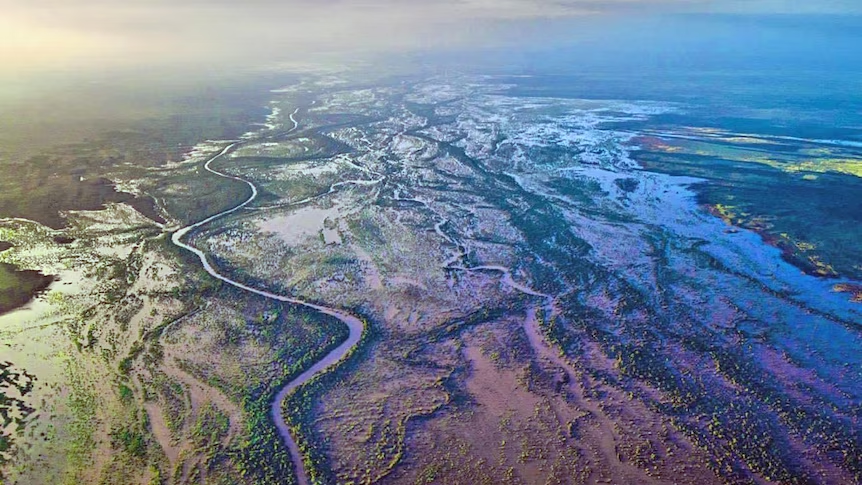Record-high temperatures have been smashed in the U.S., and stretches of hot days have persisted longer than ever this July. These are more signs our planet is getting warmer, climate scientists say.
On Wednesday, Phoenix recorded its 20th consecutive day of temperatures above 110 degrees, further surpassing the 18 day-record set in 1974, according to the National Weather Service. Phoenix also set two more records:
- The warmest low temperature for July 19, which was still 97 degrees.
- Ten consecutive days when the low did not fall below 90 degrees.
Professor Paul Andrew Mayewski, director at the Climate Change Institute at University of Maine, and climatologist Sean Birkel, also at the Climate Change Institute, gathered National Weather Service data and, along with other outlets, generated global visualizations to show changes in the planet’s climate. Here’s how hot the globe was Tuesday.
Heat records around the world this week
One-day average air temperature for July 18 at 6.5 feet (2 meters) above the surface:
Is climate change to blame for the heat wave?
Mayewski offers some insight: “July 4th-July 6th of this year we saw the largest daily global mean temperature increase on record for that day. There’s no doubt that the continents and the oceans are warming.”
He also has observed warming in the Arctic, where the extent of sea ice is one of the lowest on record.
“This causes a wavy jet stream where cold air can shoot further south but also allows warm air to push further north,” Mayewski said. “Starting in 2015, there have been days in the middle of darkness and the middle of winter where the North Pole has been above freezing.”
Shifts in atmospheric patterns like the jet stream contribute to the heat domes that are now sitting over continents across the globe.
WFLA-TV chief meteorologist Jeff Berardelli tweeted in June that the heat domes are “likely enhanced by climate heating.” He called the jet stream “insane” and “basically impossible” without climate change. Berardelli’s tweet July 17 shows the heat domes across the globe:
A heat dome occurs when a persistent region of high pressure traps heat over an area, according to William Gallus, professor of atmospheric science at Iowa State University.
“The heat dome can stretch over several states and linger for days to weeks, leaving the people, crops and animals below to suffer through stagnant, hot air that can feel like an oven,” Gallus said in an article in The Conversation.
“Certainly, part of this is El Niño, that typically goes along with warming,” Mayewski said. “That said, we just came out of a series of La Niñas, which likely does the opposite with heat, and we still saw a warming. This is makes it hard not to blame greenhouse gases.”
According to NOAA, June was the Earth’s hottest on record since tracking started 174 years ago, and July has continued the trend: Since July 1, near-surface temps have been 1.09 to 1.84 degrees Fahrenheit above the average.
“I know a lot of people are freaking out right now,” said Daniel Swain, a climate scientist a the University of California, Los Angeles. But Swain doesn’t believe Earth has reached some sort of climate tipping point and there’s no hope.
“This year we’re stair-stepping upward due to human-caused climate change,” Swain said. “The more we warm, the easier it becomes to hit previously inconceivable levels of heat.”
Historical data analysis shows proof of overall global warming
Previous 20-year, average temperatures offer further proof that the planet is warming.
Mayewski and Birkel’s tool shows near surface averages for an entire year and compares that with historical averages. Evidence of the Earth’s warming shows up in the map below, which compares 2022 average temperature anomalies with average temperatures seen in 1979 through 2000.
Mayewski notes their analysis focuses on the planet’s overall temperature. So while someone living in the northern part of the Midwest might have experienced cooler weather, the overall planet has not.

